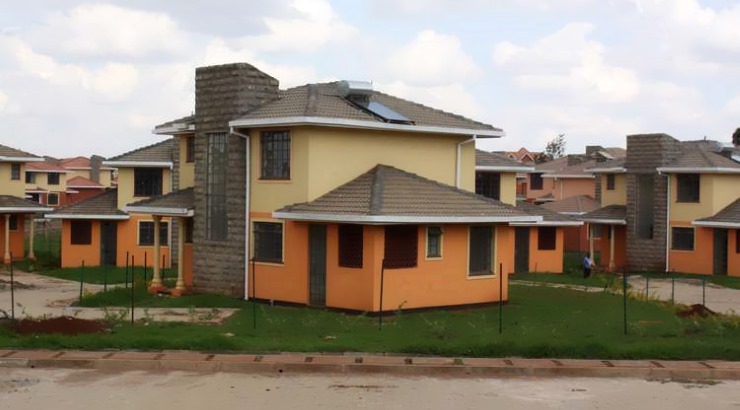Features
How to Check Quality of a House: The Ultimate Guide
Assess a property’s quality thoroughly before deciding to buy or rent.

High-quality workmanship is a requirement in every construction project.
Unfortunately, this is not always the case as some builders often avoid following the requisite procedures as a means to cut costs and reduce construction timelines. This always results in a sub-standard piece of development.
Aware of this fact, it is critical to check the quality of a house or apartment before deciding to acquire or lease the property.
However, being able to check the quality of a house can be quite challenging if you do not have an idea of what to look out for. Here is how to check the quality of a house:
1.) Walls
Check the exterior and interior walls of a building for cracks. Walls are generally susceptible to cracks and minor crevices are likely to develop as the house settles after construction.
However, horizontal, jagged, 45-degree angle or wide cracks are indicative of a structural problem such as a weak foundation or low-quality materials.
2.) Fixtures
The quality of fixtures such as light fitments, sinks, baths and toilets is a telltale sign of the quality of materials used and adherence to set procedures.
The use of well-known high-quality brands indicates that your builder is not given to using substandard materials to slash costs.
3.) Mold
Check for efflorescence and mold on the floor, walls or ceiling, which indicates water infiltration resulting from poor quality damp proof course, leaking pipes, or damaged roof.
Not only will repairing such faults cost you an arm and a leg, but mold poses a danger to your health since it causes respiratory problems and allergies.
4.) Finishes
Quality finishes are easy to spot with the naked eye. Paint, polish, flooring and countertop finishes are the icing on the cake and reflective of what lies underneath them.
RELATED: 9 Easy Tips for Building a House Cheaply in Kenya
A good finish should be uniform in color and texture and without any undulation. You can check for unevenness by holding a light parallel to the surface when the room is dark.
5.) Floor
A properly built house should have an even floor. Any slopping, sagging or raised areas are a sign of major foundation problems. It can also be due to an unevenly settled concrete slab or a cracked joist in multilevel buildings due to incorrect concrete mixing.
You can easily gauge if a floor is level and flat by placing a marble in the middle of a room and if it rolls, you have a reason to worry.
If you are still uncertain after these assessments, you can hire an expert to help you check the quality of the house, especially the invisible aspects to avoid headaches in the future.
6.) Concrete mix
The quality of concrete used is a crucial factor in determining the strength and durability of a building. Although it is hard to determine if the correct ratio of sand, cement and aggregates was used, you can test the strength of concrete by driving a nail through it. If the nail easily goes in then the concrete is of poor quality.
7.) Builder’s experience
Even as you check the quality of a house or apartment, it helps if you know the builder. Find out if they are accredited by the relevant authorities and visit their previous projects to find out if there are any complaints and how they have been handled. Check for reviews online.














